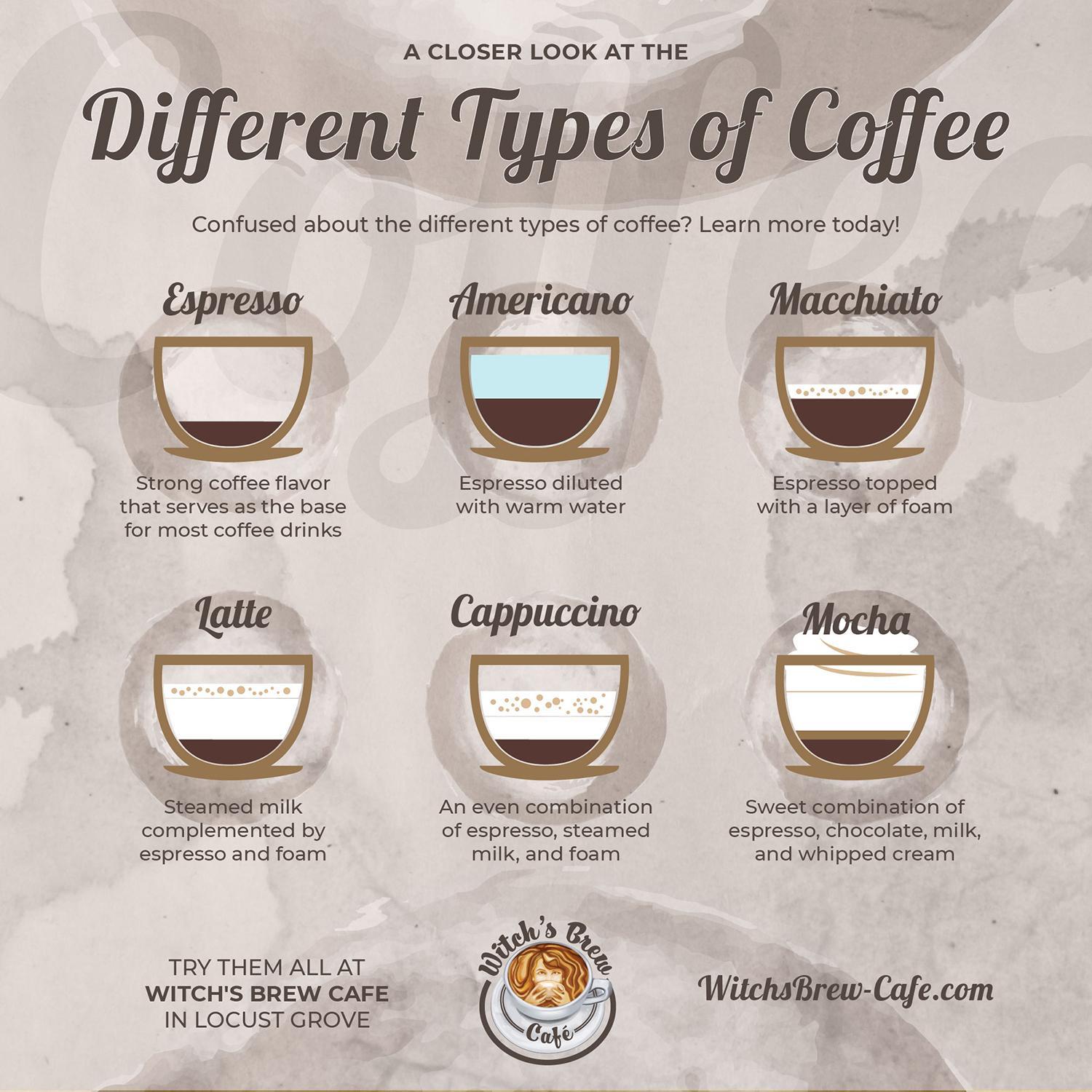As a devoted coffee lover, I've often pondered the question: what sets coffee and espresso apart? While they originate from the same coffee beans, these two beverages differ significantly in flavor, texture, and caffeine content. The secret lies in their brewing techniques, grind sizes, and serving styles. Uncover the advanced capabilities of the Philips 5500 LatteGo review
Both coffee and espresso, whether made from Arabica or Robusta beans, involve combining ground coffee with water. However, the variations in brewing methods, grind consistency, and flavor profiles make each unique. Understanding these differences can help you better appreciate their distinct characteristics—whether you lean toward coffee’s mellow charm or espresso’s bold intensity. Get a closer look at the features of the Philips 5400 LatteGo review
Brewing Techniques: The Core Distinction
The fundamental difference between coffee and espresso is their brewing method, which heavily influences their flavor, consistency, and caffeine levels. Explore our top picks in the Best Automatic Espresso Machine review
Coffee is typically brewed using methods such as drip coffee makers, pour-over devices, or French presses. These techniques allow hot water to gradually pass through coarser coffee grounds, creating a smooth, mild beverage ideal for leisurely enjoyment. Find the perfect machine to beat the heat in the Best Iced Coffee Maker review
Espresso, in contrast, is brewed under pressure. Hot water is forced through finely ground coffee at around 9 bars of pressure, resulting in a concentrated shot in just 25-30 seconds. This method yields a rich, robust drink topped with a golden crema.
While coffee evokes the relaxed luxury of a long bath, espresso mirrors the quick refreshment of a power shower. Dive into the best options for making lattes in the Best Latte Maker review
The Role of Grind Size in Brewing
Grind size plays a pivotal role in distinguishing coffee from espresso.
For coffee, a coarser grind is essential. This ensures a slower brewing process, allowing for balanced flavor extraction without bitterness. Conversely, espresso demands a very fine grind to optimize the high-pressure brewing process, delivering a full-bodied, flavorful shot.
I once experimented with the wrong grind size for espresso, and the result—a weak, watery shot—underscored how crucial this factor is for achieving the desired taste.
Contrasting Flavor Profiles
Coffee offers a broad spectrum of flavors, depending on the brewing method. A pour-over might emphasize floral and fruity notes, while a French press brings out deep, earthy undertones. Generally, coffee’s slower brewing process produces a smooth, balanced, and mild drink.
Espresso, on the other hand, delivers a bold and concentrated flavor experience. The pressurized brewing process creates a thicker texture and a stronger taste. Depending on the beans, espresso can reveal complex notes of chocolate, nuts, or dark berries.
When I’m seeking a relaxing, mellow drink, coffee is my choice. For a more intense flavor burst, espresso is unmatched.
Caffeine Content: Perception vs. Reality
Despite its bold flavor, espresso doesn’t necessarily pack more caffeine than coffee—it’s all about concentration.
A single shot of espresso (1 ounce) contains about 63 milligrams of caffeine, whereas an 8-ounce cup of drip coffee averages 95 milligrams. While espresso delivers more caffeine per ounce, a full cup of coffee provides a larger overall dose.
For sustained energy throughout the morning, I opt for coffee. For a quick jolt, a shot of espresso does the trick.

The Signature Crema of Espresso
Espresso’s hallmark feature is its crema—a layer of golden foam that forms atop a well-pulled shot. This is a result of the high-pressure brewing process, which emulsifies the coffee’s natural oils, adding depth and texture.
Regular coffee lacks this visual and textural element since it isn’t brewed under pressure. For me, crema is not only aesthetically pleasing but also a testament to a quality espresso.
Espresso’s Versatility in Beverages
While coffee is often enjoyed black or with cream and sugar, its versatility pales compared to espresso, which serves as the base for numerous beverages.
Espresso forms the foundation for popular drinks like lattes, cappuccinos, macchiatos, and Americanos. Its concentrated flavor pairs beautifully with steamed or frothed milk, making it the cornerstone of many café favorites.
I love experimenting with espresso-based drinks at home, tailoring flavors and textures to my mood.

Conclusion:Coffee vs. Espresso – Which One Suits You Best?
Though coffee and espresso originate from the same beans, their distinct brewing methods, grind sizes, and flavor profiles make them entirely unique. Coffee’s slow brewing creates a smooth, mellow drink perfect for leisurely moments, while espresso’s high-pressure method produces a bold, concentrated shot ideal for a quick pick-me-up or as the base for a variety of creative beverages.
The choice ultimately depends on your taste and the experience you’re seeking. Coffee offers a comforting, relaxed ritual, while espresso delivers an intense burst of flavor and energy. Personally, I enjoy alternating between the two, appreciating their unique qualities and the variety they bring to my coffee routine.
